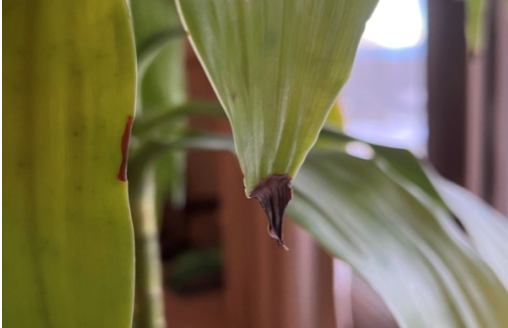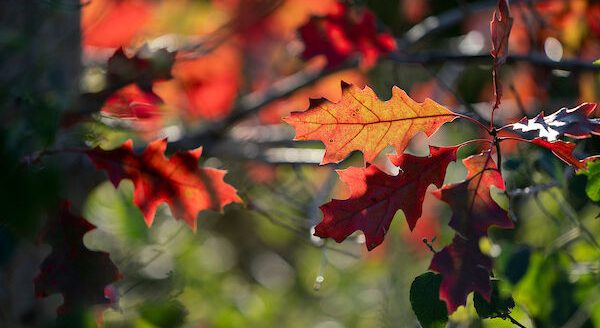The long-lived, lovely Lisianthus
Lisianthus is my new favorite flower. I had never heard of it until last year when a fellow Master Gardener mentioned, in passing, that it lasted three weeks as a cut flower. Three weeks! That got my attention. Although I had no idea what this flower looked like, I was intrigued.
Luckily I ran upon this plant at a local nursery and thought I’d give it a try. You have to understand: even though I’m a certified master gardener, that doesn’t mean I’m a master at gardening. I’m an accidental gardener, at best, and my successes are hit or miss, but a few of these stunners actually bloomed for me. I didn’t know what I had until I saw them: rose-like blossoms on long stems; most of them blue in color but some also blue picotee (white flowers with blue ruffled edges). I wished then I had bought more. This year I did.
And they did last three weeks as a cut flower! But don’t be misled: I am not a “floral designer” by any stretch of the imagination. My idea of flower arranging is plopping a fistful of flowers into a vase of water and calling it a day. If I’m being somewhat adventurous, I might put a few flowers in several juice glasses and line them up on the counter, or stick the flowers in a milk pitcher instead of a vase, just because the pitcher is sitting on the table and the vases aren’t handy. That is the extent of my rudimentary bouquet resourcefulness.
I never learned to organize flowers into one of those stunning arrangements many of my friends can create, even though I’ve watched them and admired their mastery. I’m always impressed at how they can “green the vase” – i.e. layer greenery into pyramid bases to enfold wildflower wonders, or “collar” hydrangeas into fluffy domes, or “twirl roses” into tight bridal bouquets that can stand on their own stems. They are floral architects and I am all thumbs.
But it doesn’t stop me from loving the idea of cut flowers, so much so that when I was the director of the CARE Center, we had a cutting garden for the children who came to us for the investigation of their sexual abuse cases. Out in the playground, where they would often spend time awaiting their interviews, or afterwards, when detectives and social workers would talk to their parents or caretakers, the children could pick flowers while they played. We had sunflowers, dahlias, peonies, asters and cannas, as well as a host of volunteers who helped tend to the flowers as well as the children.
But there was nary a Lisianthus. The children would have loved picking these flowers, both the double flowering varieties with ruffled petals that resemble roses on long sturdy stems, and the single flower varieties that look more like poppies.
This native wildflower (known in certain western states as Prairie Gentian or Texas bluebells) has fallen into the hands of plant breeders, and because of that, more and more colors are available for both the single and double flowers, and I understand newer compact varieties are also available.
I am told that in the wild, Lisianthus (which attracts pollinators) grows primarily as a biennial, and in our zone 7 it can be a short-lived perennial, provided the conditions are “just right.” My conditions must be “accidentally” right because a few actually returned this year! I had done nothing special to their location because I was told that, in general, this flower is grown as an annual.
If you would like to grow Lisianthus (Eustoma grandiflorum), here are some helpful tips from our Extension friends:
This plant is difficult to start from seed, so it is recommended to buy plants to be transplanted.
Choose a site with full sun to partial shade and well-drained soil. In the active growing season it prefers moist, well-drained soil but will tolerate short periods of drought once established. Don’t water once the weather cools and the plant stops flowering, as Lisianthus requires dry winters.
Protect from extreme winds until well established, but good air movement is also important. Blooming stems are very top heavy, so it is a good idea to provide stakes at planting time in wind-prone areas.
They are resistant to heat and humidity and bloom best when nights are warm.
During planting time, working compost into the soil is advised. Add fertilizer every 4 to 6 weeks or use slow-release fertilizer when planting.
Space the plants six inches apart and water thoroughly.
Remove spent flower spikes. This encourages flowering and prevents seed development.
Lisianthus is a tap-rooted plant that resents being moved, so transplant only when absolutely necessary.
Thrips are the main pests that can cause severe damage to these beauties. Treat organically with insecticidal soap or neem.


